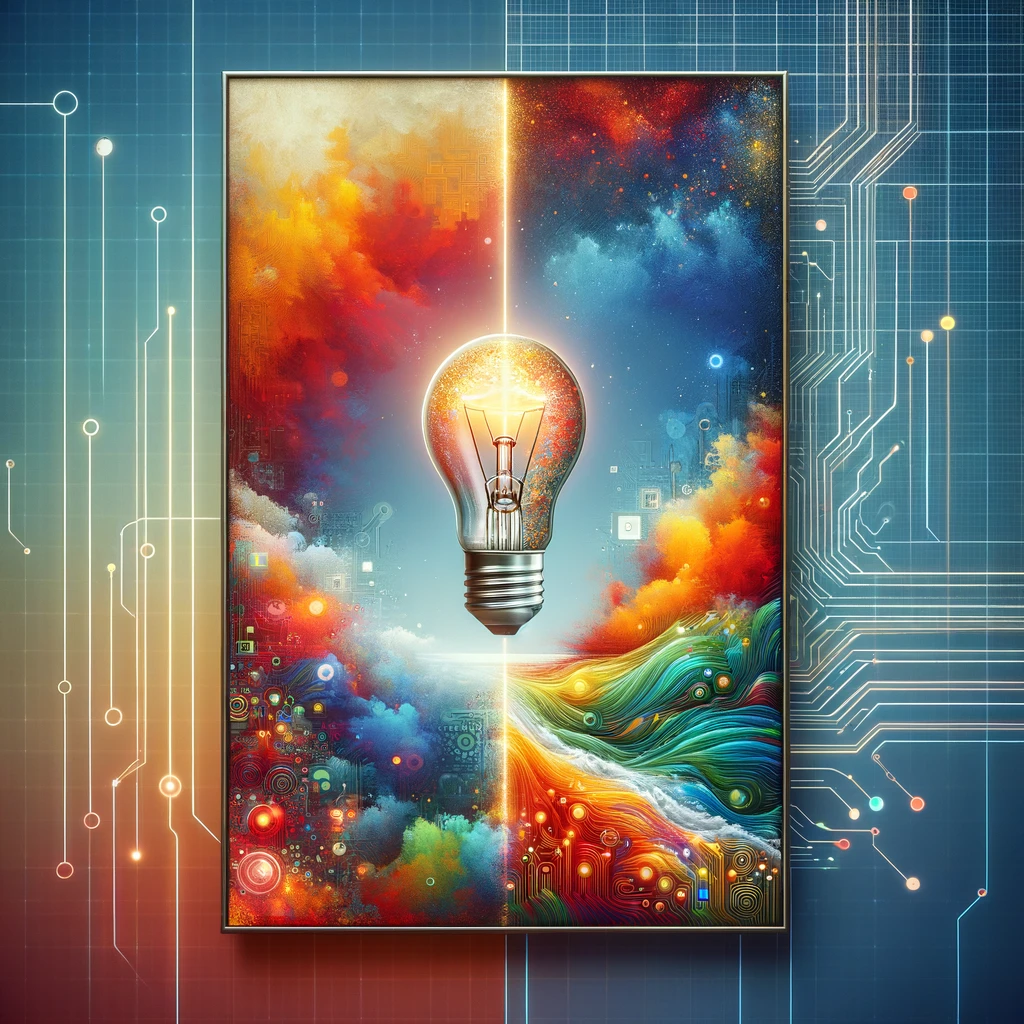In today’s fast-paced digital landscape, artists, designers, and creatives are constantly seeking innovative ways to streamline their workflows and enhance their creative output. One of the most transformative advancements in recent years has been the emergence of AI image generation technology. This powerful tool has revolutionized the way we approach the creative process, turning abstract ideas into tangible art with unprecedented speed and versatility. This article delves into how AI image generation works, its implications for the creative industry, and practical tips for integrating this technology into your creative process.
Understanding AI Image Generation
AI image generation is a technology that uses artificial intelligence algorithms to create images based on textual or visual inputs. At the heart of this technology are neural networks, which are trained on vast datasets of images and text descriptions. These networks learn to recognize patterns, styles, and the relationships between textual descriptions and their corresponding visual representations. When prompted with a new description, the AI can generate original images that match the input, offering a wide array of styles and themes.
The Impact on the Creative Industry
The advent of AI image generation has opened up new horizons for the creative industry. Artists and designers can now experiment with ideas at a scale and speed that were previously unimaginable. This technology is not just a tool for creating art but also a source of inspiration, providing creatives with visual ideas that they might not have conceived of on their own.
Streamlining the Creative Process
AI image generation significantly reduces the time and effort required to bring an idea to life. What used to take hours or even days of manual work can now be accomplished in minutes. This efficiency allows creatives to focus more on refining their ideas and less on the technicalities of producing an initial image.
Enhancing Creativity and Experimentation
With AI image generation, artists and designers are no longer constrained by their technical skills or access to resources. They can explore a broader range of styles and concepts, pushing the boundaries of their creativity. This technology also democratizes art creation, making it accessible to individuals without formal training in art or design.
Ethical Considerations and Authenticity
As with any technology, AI image generation comes with its set of ethical considerations. Issues around copyright, originality, and the use of AI-generated images in commercial projects are at the forefront of discussions within the creative community. It’s crucial for creatives to navigate these challenges thoughtfully, ensuring that their use of AI respects copyright laws and maintains the authenticity of their work.
Integrating AI Image Generation into Your Creative Process
Incorporating AI image generation into your creative workflow can be both exciting and daunting. Here are some practical tips to help you make the most out of this technology:
- Start with Clear Objectives: Define what you want to achieve with AI image generation. Whether it’s exploring new styles, generating ideas, or speeding up production, having clear goals will guide your experimentation.
- Experiment with Different Tools: There are several AI image generation platforms available, each with its strengths and limitations. Experiment with different tools to find the one that best suits your creative needs.
- Refine Your Prompts: The quality of the output is heavily dependent on the input. Spend time crafting detailed and specific prompts to guide the AI towards producing images that closely match your vision.
- Iterate and Evolve: Use the initial outputs as a starting point for further refinement. Many artists use AI-generated images as drafts or inspiration for their final pieces, adding personal touches through traditional or digital methods.
- Stay Informed about Ethical Practices: Keep abreast of the ongoing discussions about the ethical use of AI in art. Ensure that your use of AI image generation aligns with best practices and respects intellectual property rights.
Conclusion
AI image generation is a groundbreaking tool that has the potential to redefine the creative process. By streamlining workflows, enhancing creativity, and making art creation more accessible, it offers exciting opportunities for artists and designers. However, it’s also essential to approach this technology with an understanding of its limitations and ethical implications. As we continue to explore the possibilities of AI in the creative industry, it’s clear that the fusion of technology and art will lead us into a new era of innovation and expression.
